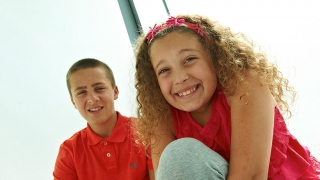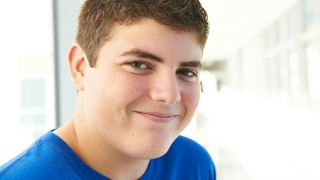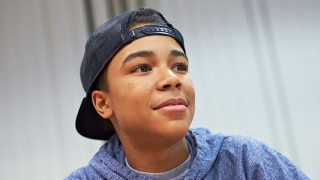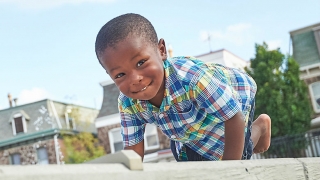Getting Ready in the Morning
Develop Organizational Skills
Use a Visual Cue Chart
You may notice that your child’s morning routine is chaotic. She doesn’t get dressed or gets dressed halfway — coming downstairs with only one sock on. Also, she never seems to follow a particular sequence to “get ready” — she brushes her hair before dressing on some days; other days, never gets around to brushing her hair. As a result, she’s late for the bus, may not eat breakfast in time, and doesn’t learn an effective morning routine.
Many school-age children are occasionally disorganized in the morning, especially if they are tired or young. But when your child is chronically disorganized in the morning — and doesn’t show an urgency to get ready or a priority of steps to follow — this could indicate that your child is struggling to develop organization skills.
Organization is one of our executive functions: the set of skills that let us execute daily tasks.
Solution: Visual cue chart
This chart is a reminder of what exactly needs to be done and the specific order to follow for efficient performance. Having visual cues can help your child develop organization skills. By visually tracking what needs to be done, and following the sequence, she becomes more aware of how to execute the task herself — without relying on her parent’s assistance. By doing the task over and over again in the same specific way, she’ll make the task a habit.
Don’t do this: Lay out an outfit the night before or hover over her at the sink in the morning to make sure she brushes her teeth and hair.
Do this instead: Use brightly colored pieces of paper with pictures lined up on the bathroom mirror showing:
- Tooth brush with tooth paste on it
- Capped tooth paste tube
- Smiling, clean face
- Hair brush
On your child’s closet, line up pictures showing all items of clothing she needs to put on before coming downstairs for breakfast:
- Underwear
- Pants
- Shirt
- Socks
When your child comes downstairs, you can say, “Did you see the list? Which ones did you get to?”
Also, reward your child for completing these tasks as soon as they are done. The reward could be as simple as a high-five, but some acknowledgement is a must.
Remember: Being disorganized in the morning isn’t a matter of your child lollygagging. It results from your child’s cognitive struggle with organizing and prioritizing. Developing organization skills depends on re-learning the morning routine visually until your child can do it independently and as a matter of habit.
It is perfectly normal for children to experience some degree of difficulty and frustration as they learn to execute new tasks. Toddlers can tantrum, school-aged children can yell and argue, and teenagers can ignore instructions. When deciding if executive function weaknesses require intervention, ask yourself: “How frequently is this occurring? How intense is the experience/significant the impact?” If your answer to these questions is “too much,” “too often,” “I don’t know what to do to change this,” or “it’s only getting worse,” you may benefit from a face-to-face conversation to help problem-solve your concern. Effective problem solving will help you clearly identify the problem, goal, steps it will take to achieve your goal, possible barriers, and available supports.




